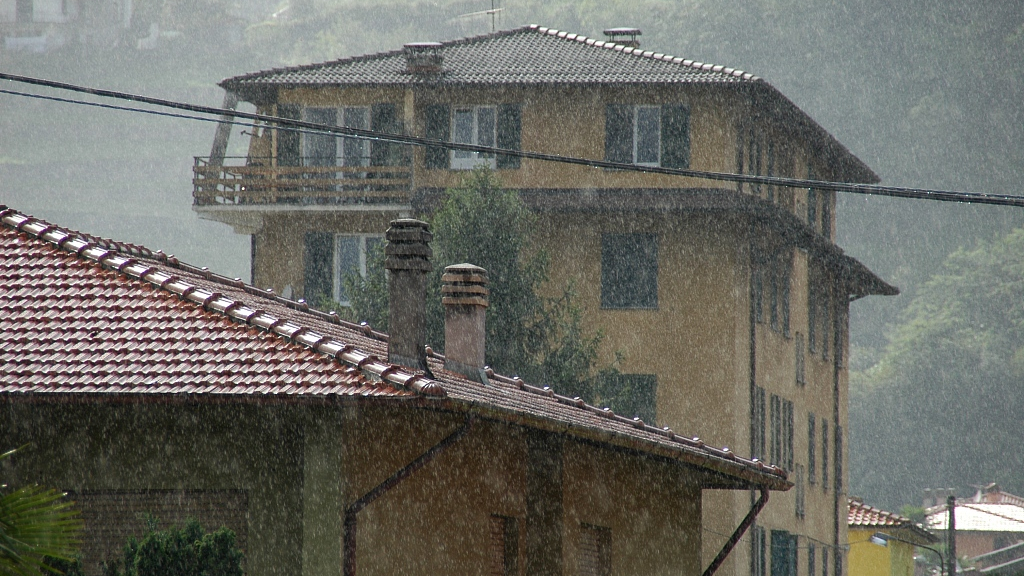The intense heat wave that has been gripping Italy began to break up in the northern part of the country on Monday. However, it has been replaced by thunderstorms and hail, complete with flood warnings, according to weather monitoring services.
According to a local weather website IlMeteo.it, the weather will remain hot and dry in central and southern parts of the country, which have set new records for high temperatures in recent weeks.
However, the intensity of the heatwave will diminish slightly this week. By Wednesday, only two of Italy's 27 major cities will be under a "red alert," down from 16 on Monday, and more than 20 last week.
A "red alert" means that the heat can represent a health risk, even for young people with no health issues.

The intensity of the heat wave will diminish slightly this week in Italy. /VCG
The intensity of the heat wave will diminish slightly this week in Italy. /VCG
Starting Thursday, the weather will cool off even in the central and southern parts of the country, although it will not be accompanied by the rainstorms set to batter the north.
The weather website has predicted heavy rains that could lead to flooding, wind with gusts of up to 130 kilometers per hour, and over-sized hail that could damage crops.

Over-sized hail that could damage crops might happen to Italy in a short time. /VCG
Over-sized hail that could damage crops might happen to Italy in a short time. /VCG
The change in the weather in the northern part of the country is being caused by a high-altitude cool-weather front arriving from northern Europe.
Italy has faced a series of extreme weather challenges over the last 18 months, including a long heatwave and drought last year that slashed the country's agricultural production and reduced most of its major rivers to historically low levels.
The long summer of 2022 was followed by extreme storms in the fall that resulted in widespread flooding and infrastructure damage, then a warm winter. Subsequently, there was more flooding earlier this year, followed by the current heatwave.
(If you have specific expertise and want to contribute, or if you have a topic of interest that you'd like to share with us, please email us at nature@cgtn.com.)
Source(s): Xinhua News Agency